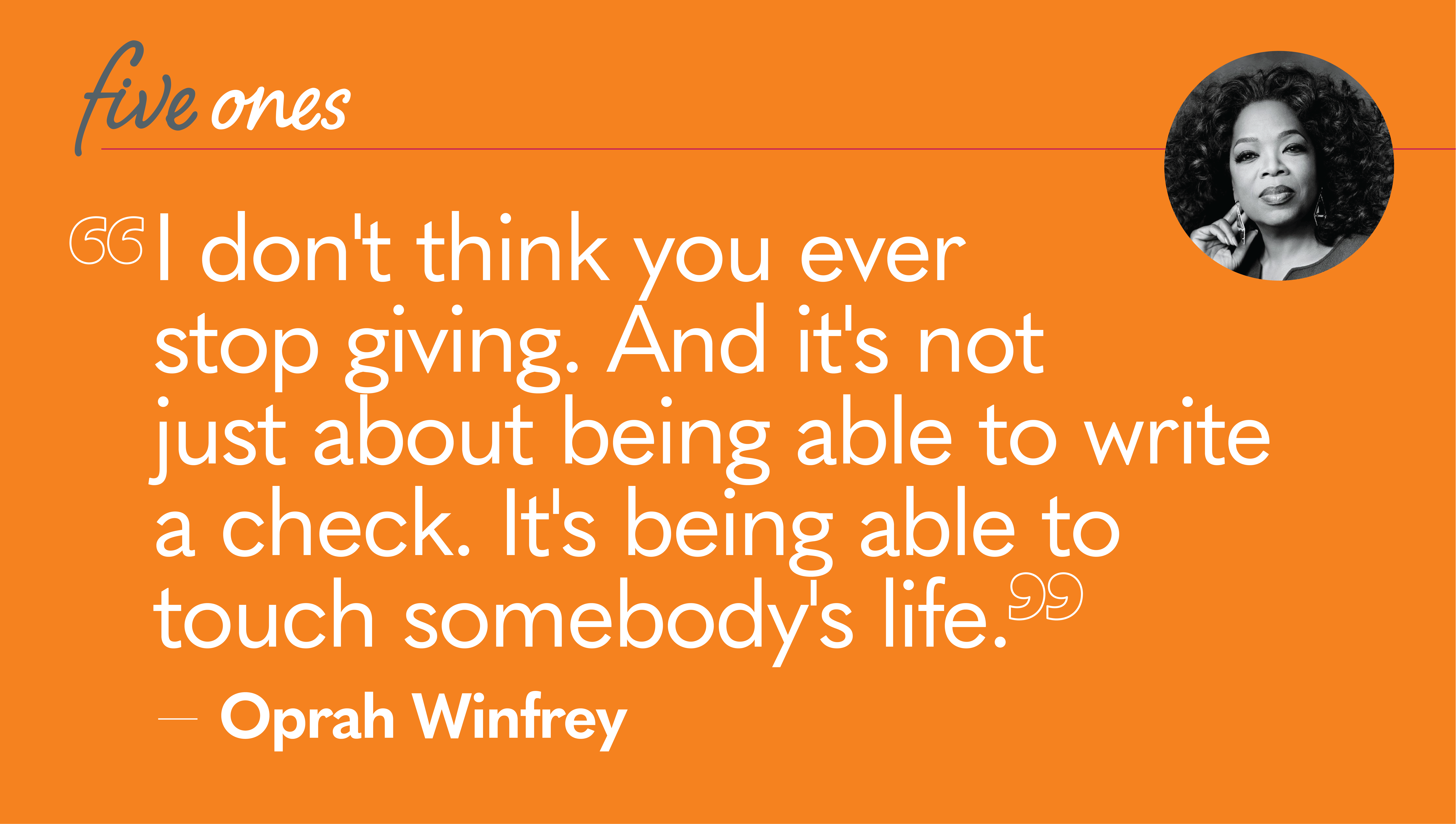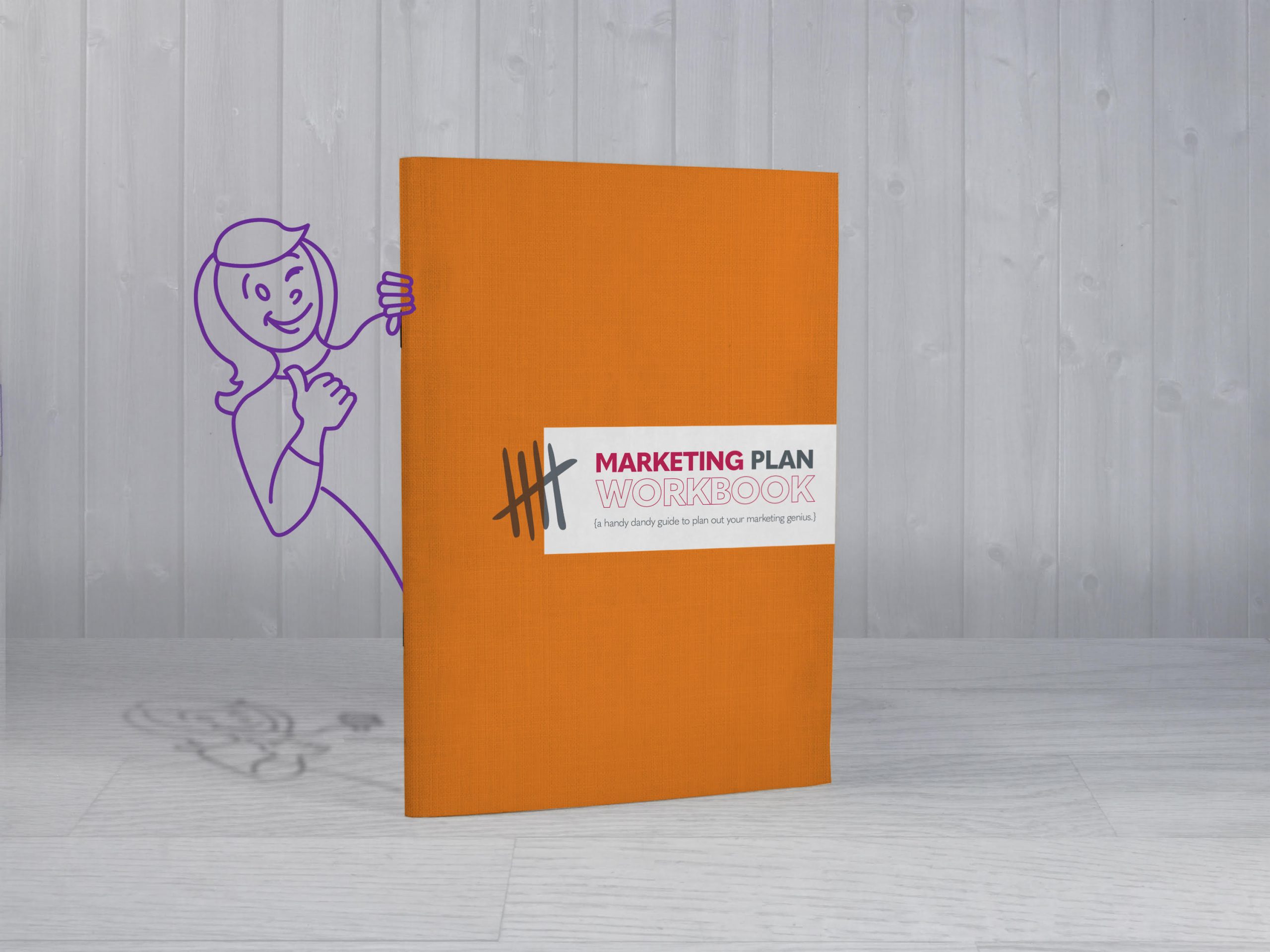
Using Content to Reduce Nonprofit Donor Fatigue
Nonprofit donor fatigue is a genuine concern for many nonprofits, especially fundraisers and communicators. All too often, donors lose interest in the nonprofits they support due to a perceived lack of progress, or they stop donating because they feel that they’ve seen/received too much content from a specific cause over a period of time.
The secret to reducing nonprofit donor fatigue? Strategically plan a slow and steady drip of content communicating to donors what they’re helping to accomplish, who you are, and your vision for serving your mission mixed with appeals for donations. Here’s a (loose) formula for your content mix: 45% on “accomplishments”, 25% on “information”, and 30% on direct appeals. Here, I’ve offered three steps you can take to address donor fatigue, create better content, and keep your donors informed so that they will stay engaged.
Donors Want to Know What They’re Helping to Accomplish
Most nonprofits know how to let their donors know that they need donations, even creating urgency to raise funds for specific time-sensitive needs. Over time, however, donors can grow fatigued due to a perceived lack of accomplishment because all they remember is a constant drip of “asks.” They want to know: What are their donations really accomplishing? Is their contribution really doing any good at all?
(Not only that, nonprofits and charitable organizations need to be intentional about communicating how they’re spending donor dollars, so they avoid the grey zone of assumptions on where donor dollars are going. Many donors may worry that their donations will line the pockets of CEOs, rather than accomplishing anything for the people they want to help.)
Here are a few ways you can creatively showcase your accomplishments. Try to:
Showcase what each donation is achieving.
X dollars = X accomplishment. How many meals does $5 provide? How many children does $500 educate, and for how long? Break down those contributions, and what they’re doing for the people your nonprofit is helping to support. Check out this colorful example. (There are many nonprofit infographics to peruse on Pinterest, but most focus on the problem they are trying to solve instead of the solution!) I challenge you to put what you are doing in writing, in graphics, in video, on your website, through stories, in social media snippets…you get the point, put them in all of your channels.
Create a giving catalog to make donations more tangible.
Consider the benefits of offering your donors a choice for investing in a “product”—allow them to decide what happens with the money they donate. (That is, if restricted donations work for you.) This gives them instant knowledge of what they are helping to accomplish. For example, some organizations allow donors to purchase a cow or a chicken, a well for clean water, or to donate toward a specific project. Here’s one of my favorite giving catalogs from the American Red Cross.
Offer real-time updates.
Donors know that sometimes making progress requires tenacity and patience. It’s ok to offer updates about micro-progress—the small steps that get you to deeper impact. Offer up the honest internal dialogue you and your team have about the daily challenges you face in offering programs/services to your constituents and how you problem-solve. (This applies especially during times of COVID when there are unexpected circumstances you must navigate.)
Donors Need More Information (You May Call this Brand-Building)
Don’t assume that donors will get lost in the details of your mission delivery. Keep supporters informed about what you’re doing—zoom into the big-picture. Long-form content can help make that difference (as well as the many SEO benefits it will bring!). Put together blog posts and videos that tell your donors more. Try to:
Tell the story of an individual your nonprofit has helped.
As I always say, nonprofits are all storytelling organizations! Give donors a personal look at someone who has benefited from the efforts of your nonprofit and, therefore, from their donations. Invite them into that individual or community’s life. Help them share their gratitude personally—another strategy that can help increase your donors’ commitment to donating.
Note: telling different stories will also help you determine what type of stories appeal to your donors. Are the stories relating to a specific program or service you offer? Are they stories about a particular kind of individual, for example, inner-city youth versus suburban youth? With that knowledge, you can plan future content more strategically.
Explain what your nonprofit seeks to accomplish and how you plan to get there.
Go into detail about what you’re doing as you serve and learn more about the communities and populations you serve. Offer a peek inside the strategic vision and planning of your organization. Offer bits of research. Offer something about what you’ve learned and how that has affected your operations. The more information you provide, the better the understanding your donors will have of how your nonprofit is driving towards its mission and vision. You may want to consider breaking down your budget and your spending to help give donors a better idea of what their dollars are doing and build their confidence in your organization. This is an excellent example of financial specifics in an Annual Report context.
Show them how you do what you do and why you do it.
As I mention in this video (at the 2:54 mark), when I offer ideas for content for your Recurring Donor email automation series, offer “evidence” of your mission delivery to your donors. This “evidence” could be in the form of:
- blog posts or media coverage that they may not have seen
- highlights of the daily activities of your staff and volunteers in a “day in the life” series
- behind-the-scenes tour (this could be in both word, photo-stories, or video).
These ideas offer another way to engage your donors and build brand reputation.
Content Provides a Connection to Your Donors
Today’s consumers pride themselves on being informed. They know about the latest industry advances. They hear about the challenges individuals and communities face in the U.S. and abroad. They want to learn the facts about the businesses they support, so they will do extensive research before choosing to buy a product, and the same goes for a charity or nonprofit. When it comes to determining how to direct their charitable spending, consumers will do even more research. They want to align their personal “brand” with yours: a mission that supports the same things they personally believe in and care about, and is genuinely making a difference for the people who need it.
To help create that alignment, your content needs to not only help keep donors as informed as possible but maintain their passion for your organization. Try to:
Provide statistics and information, but balance with stories.
Share current information about the statistics that are relevant to your organization and make it time-specific. How many children or people live in poverty in the areas you serve this year compared to last year? How many animals go without homes in your city during the holiday season? Providing immediate statistics—how many children went to bed hungry in the last month, for example—can help increase donors’ connection to your organization and make it relevant to them today. Then, it’s only natural to connect those statements to the progress you’ve helped make: for example, thanks to you, X number of children did not have to worry about going to bed hungry this month! I these call “impact reports” and help keep nonprofit donor fatigue at bay when intermixed with good stories. (This idea builds upon the first idea Showcase what each donation is actually achieving.)
Offer the “vision” supporting your vision statement.
Your organization is accomplishing some things immediately: for example, delivering meals, providing access to a professional clothing closet, or helping provide scholarships. Other things are part of a bigger picture vision: for example, alleviating the burden of poverty, helping people make more of themselves, or rebuilding a community. Share the endstate that your mission looks to achieve and include how each step of the process helps bring you closer to your goals. Don’t be afraid to get a little inspirational here—your donors want both a dose of reality and optimism. This will also help you build trust and credibility.
Create digital experiences to illustrate your impact.
Go beyond words and create a landing page that tells a story through multimedia. Engage your audience by offering up headlines, short bursts of copy, and photos/videos/graphics to break up long-form content visually. Approach your storytelling in a problem-solution way. Offering a different content experience like this will be memorable and appreciated in a sea of emails and CTAs.
Nonprofit donor fatigue is a very real challenge for many nonprofits. With the right content, however, you can alleviate that fatigue and help increase donor contributions over time. Many nonprofits find that with a well thought out content library, they can keep their donors informed, draw in new donors, and make it easier to keep those donations flowing when they need them most.
And One Last Thing
The best way to become informed is to listen, so don’t be afraid to flip the script and ask your donors for feedback once and a while. Everyone loves giving their opinion, so if you ask the right questions (not too many) and keep some open-ended, you’ll get insight into the mental and emotional state of your donor, and you can effectively help fight that fatigue. Here are a few survey examples to get you started.



